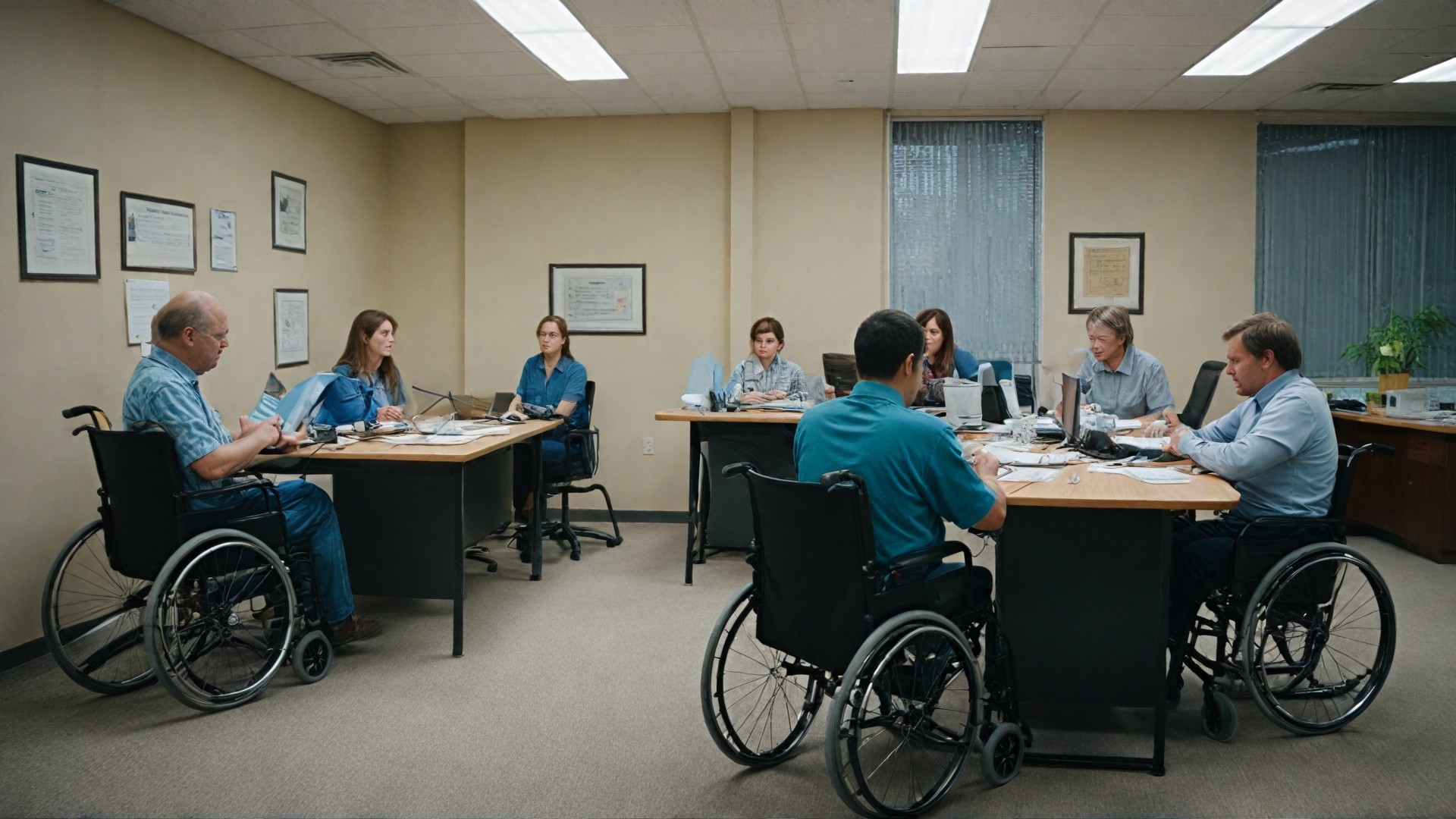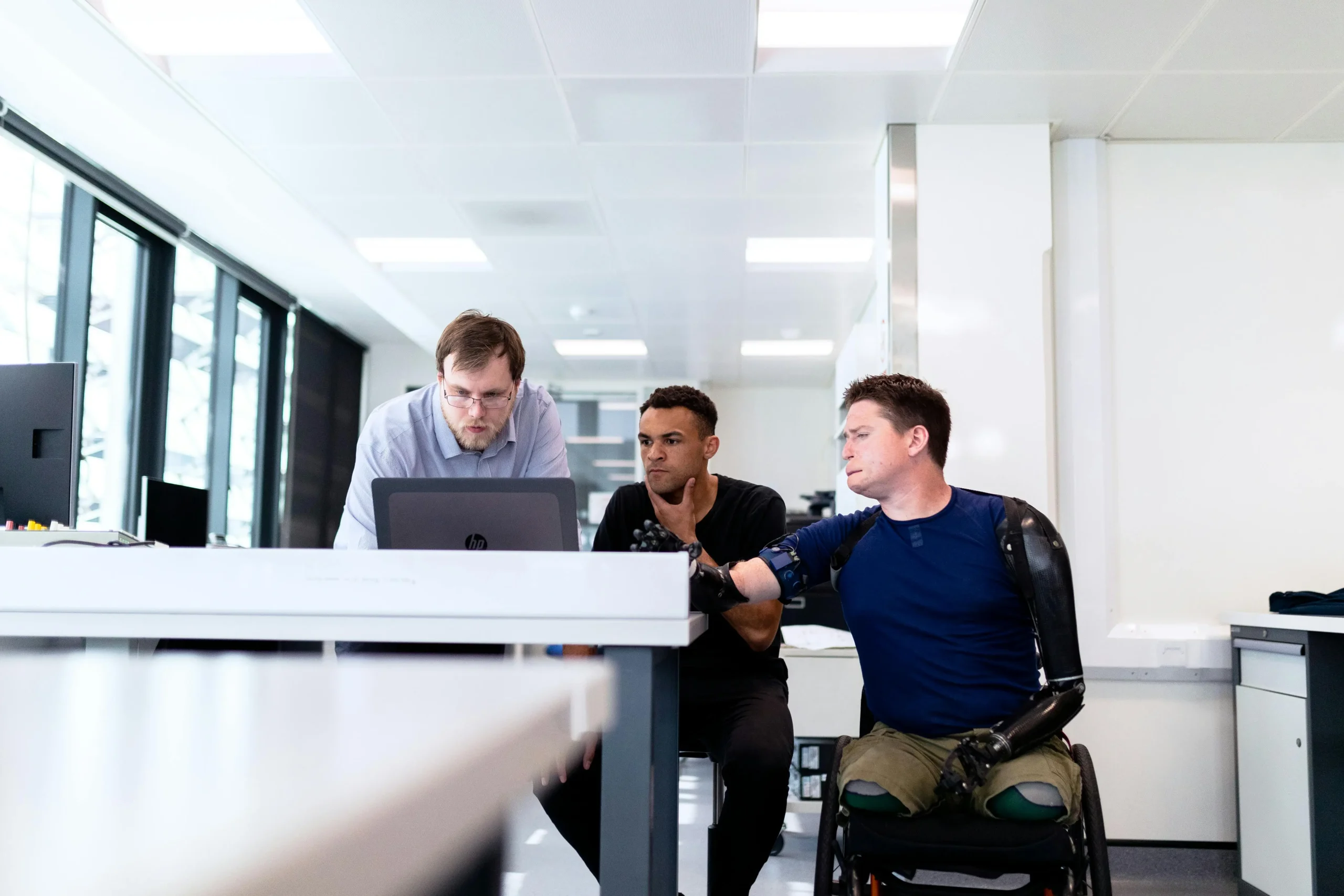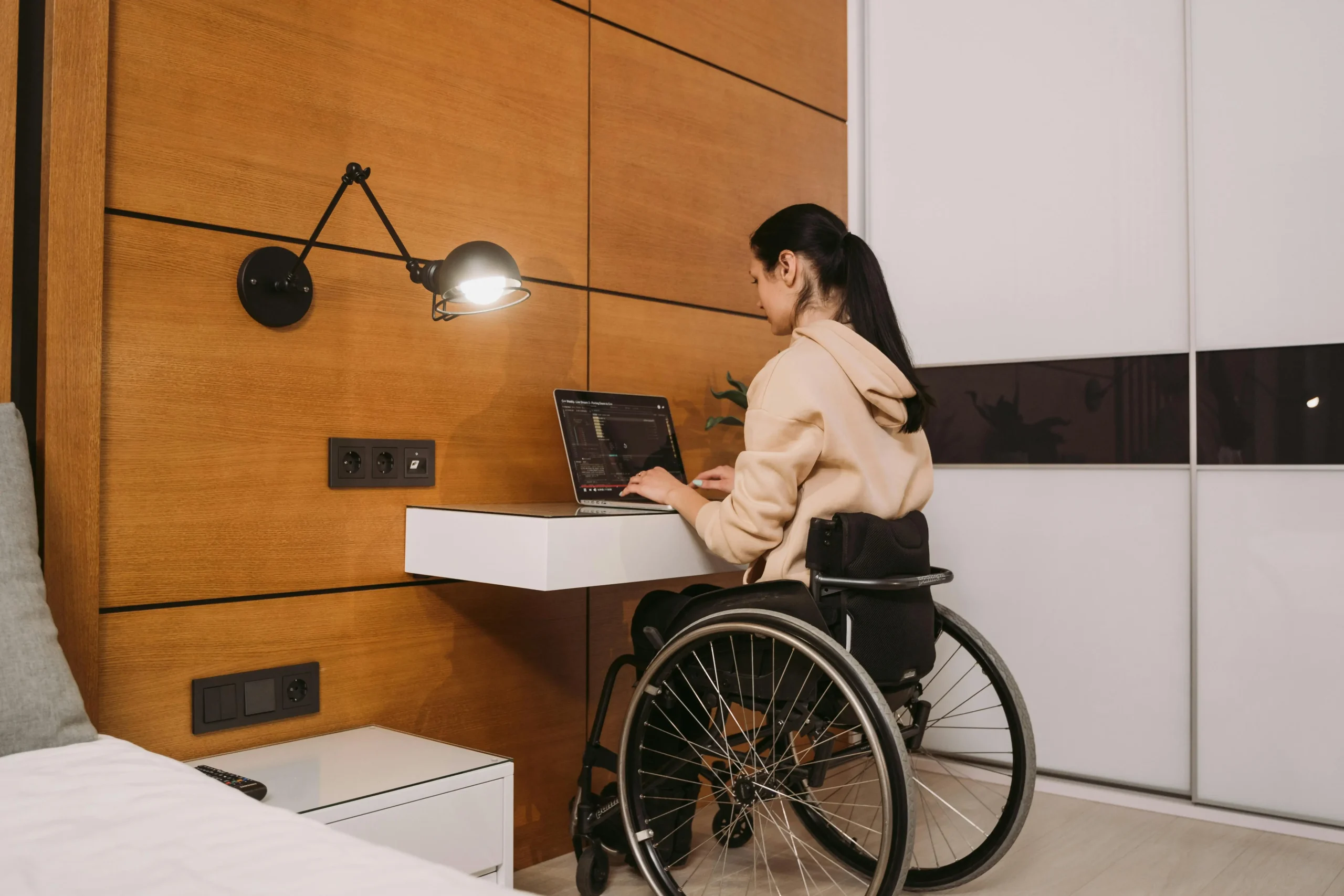What is Workplace Accessibility?
Workplace accessibility means creating an environment where employees of all abilities can perform their jobs effectively. This involves not only physical modifications to the workplace but also digital and social accessibility efforts that remove barriers for people with disabilities. Accessibility isn’t just about compliance; it’s about empowering every team member to contribute to the company’s success.
Why Accessibility Matters for All
Accessible workplaces bring broad benefits, from enhancing employee satisfaction to boosting productivity and even reducing turnover. As a Deloitte report notes, “Diversity and inclusion drive innovation and improve financial performance,” and accessibility is a fundamental part of an inclusive work culture. By addressing accessibility gaps, companies ensure they’re not just ticking boxes but actively fostering an environment where everyone can thrive.
Understanding Accessibility Gaps
Identifying Accessibility Gaps
Accessibility gaps can vary widely, from physical barriers such as lack of ramps or elevators to digital obstacles like unreadable documents. Social barriers also exist; employees with disabilities may face exclusion due to a lack of understanding or accommodation.
Common Barriers to Accessibility
Physical, technological, and organizational hurdles can prevent employees from accessing the tools they need to succeed. Often, these barriers are the result of oversight rather than intent, and addressing them can make a substantial difference.
Assessing Your Workplace for Accessibility
Conducting an Accessibility Audit
Begin with an accessibility audit to evaluate the current state of your workplace. This might include evaluating both physical spaces and digital platforms. Use employee feedback, accessibility checklists, and professional audit services to ensure a thorough assessment.
Using Accessibility Checklists and Tools
Several tools, such as WebAIM and WAVE, are invaluable for assessing digital accessibility, while physical accessibility can be assessed using ADA-compliant checklists.
Physical Accessibility Solutions
Improving Physical Workspaces
Simple changes like adding ramps, widening doorways, and ensuring accessible seating can create a more inclusive physical workspace. These adjustments are essential for employees who rely on mobility aids.
Creating Accessible Restrooms and Entrances
Accessible restrooms and entrances go beyond basic compliance. These spaces should be easily navigable, with adequate space and support fixtures.
Digital Accessibility Solutions
Designing Accessible Websites and Software
Following WCAG guidelines is essential for making websites and software user-friendly for everyone, including those with visual or cognitive impairments.
Accessible Document Design
Ensure all internal documents, including PDFs and Word files, are accessible. This involves using readable fonts, alternative text for images, and clear, navigable layouts.
Organizational Culture and Accessibility
Promoting an Inclusive Culture
Accessibility should be part of your company culture. Encourage team members to embrace inclusivity and create a culture that values diversity and accessibility.
Offering Accessibility Training for Staff
Training sessions can help staff understand accessibility and the role they play in supporting an inclusive work environment.
Tools and Resources for Workplace Accessibility
Digital Accessibility Tools
Tools like JAWS and NVDA allow visually impaired employees to access digital content more easily. Similarly, transcription services can enhance accessibility for hearing-impaired team members.
Legal Compliance and Accessibility Standards
ADA and Workplace Accessibility
In the U.S., the ADA sets legal guidelines for workplace accessibility. It’s essential to be familiar with these requirements to avoid compliance issues and foster inclusivity.
Practical Steps to Implement Accessibility Solutions
Developing an Accessibility Action Plan
Create a step-by-step action plan to address accessibility gaps. This plan should prioritize high-impact improvements and set realistic timelines.
Allocating Resources and Budget for Accessibility
Accessibility workplaces require investment, so allocate a portion of your budget specifically for these improvements.
Case Studies and Success Stories
Businesses That Excel in Accessibility
Companies like Microsoft have developed accessibility initiatives that offer valuable lessons for others. Small businesses, too, can make an impact by prioritizing accessibility.
Future Trends in Workplace Accessibility
Emerging Accessibility Technologies
Innovative technologies like AI are being used to create more accessible work environments. For example, AI can help create captioning services for real-time communication.
Conclusion
Creating an accessible workplace is not only a matter of compliance but a commitment to fostering inclusivity. By addressing accessibility gaps, companies show they value every employee and are prepared for a more inclusive future.
Internal Links:
- How to Build Confidence as a Disabled Job Seeker
- Top Accessibility Tools for Remote Disabled Workers













